Origin: a Latin derivative
meaning "Gift of the Earth."
How to Use Essential Oils
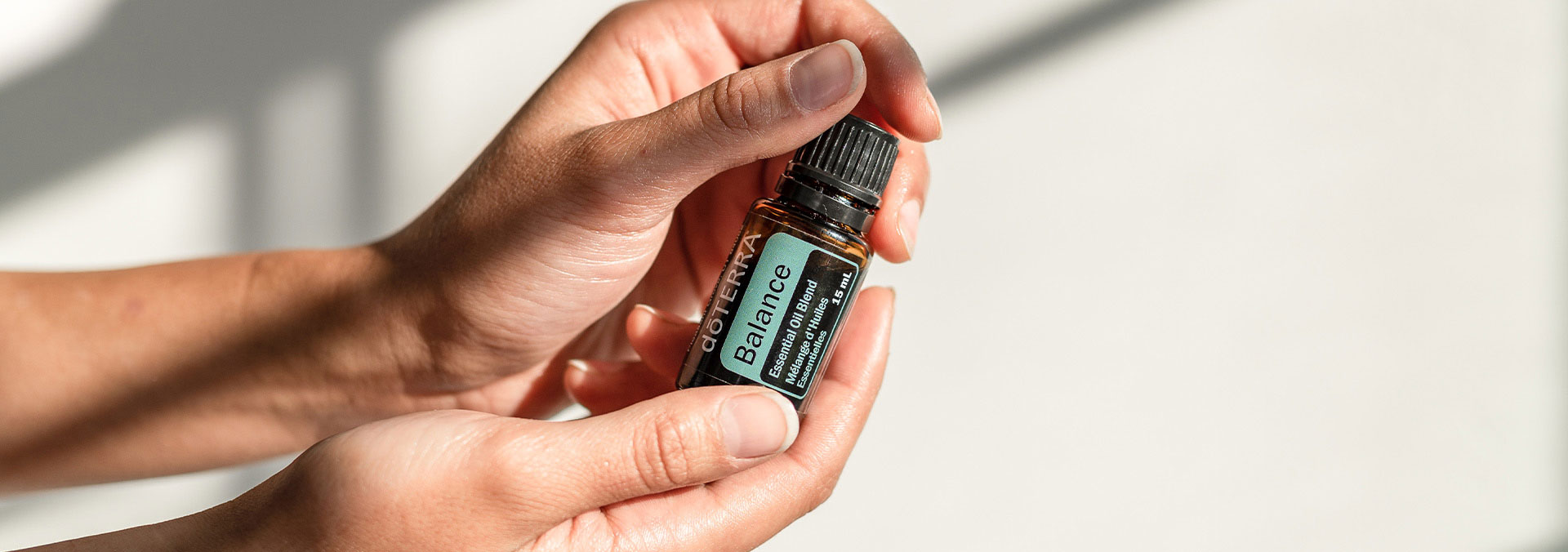
How Do You Use Essential Oils?
You don’t need a degree in chemistry or extensive training to use essential oils effectively. With a basic understanding of safety precautions and application methods, it is easy to start using essential oils in your daily routines.
Get Started With Essential Oils
As you start using essential oils, keep the following guidelines in mind:
- Determine the specific uses and benefits of the oil you intend to use. Product Information Pages and shop pages are great sources of information.
- Follow any label and packaging instructions.
If you have specific concerns about the essential oil you intend to use, consult with a healthcare professional first.
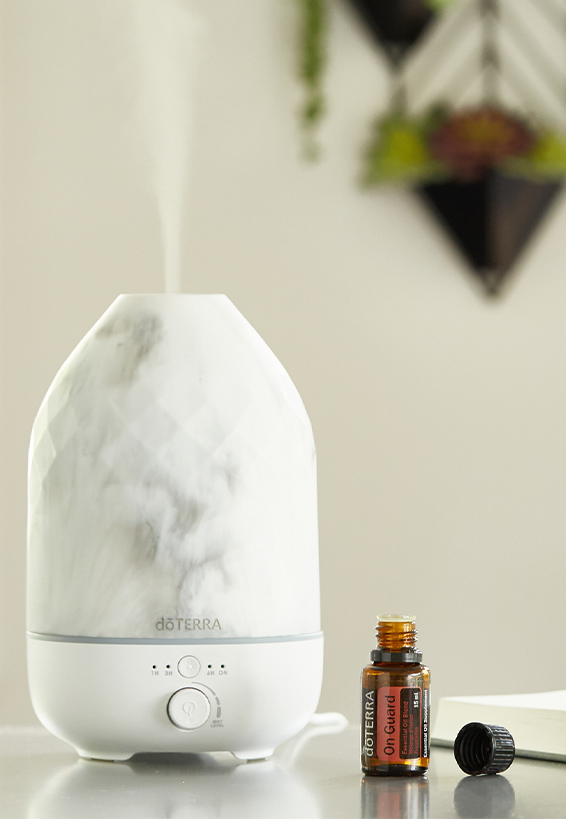
How to Apply Essential Oils
There are three ways to use essential oils:
- Through smell. Aromatic use of essential oils includes any application method that helps you experience the aroma of the oil. You can use essential oils aromatically by:
- Diffusing in an essential oil diffuser
- Applying a drop to your hands and inhaling
- Wearing as a personal fragrance
- On your skin. Topical application of essential oils allows the oil to absorb into the skin. You can use essential oils on your skin by:
- Incorporating them into a massage
- Applying to targeted areas
- Adding to lotions or moisturizers
- By Ingesting. Internal use of certain essential oils can be beneficial to the body and add unique flavor profiles to dishes and beverages. First, make sure the essential oil is safe for internal use, and then try taking essential oils internally by using one of these methods:
- Add to a glass of water, milk, or juice
- Add to a favorite tea or smoothie
- Include in recipes
- Take in a veggie capsule
- Put a drop under your tongue
What are the Best Essential Oils?
The best essential oils are naturally sourced. To see why doTERRA is committed to providing only the purest essential oils, click below:
Each oil is unique, making it easy to find a naturally sourced solution for your specific wellness needs. Some of the most popular essential oils have multiple benefits and application methods. These oils are often household favorites.
Here are the 10 most popular doTERRA Canada essential oils:
- Frankincense essential oil
- Lavender essential oil
- Copaiba essential oil
- Lemon essential oil
- Wild Orange essential oil
- Peppermint essential oil
- Tea Tree essential oil
- Ginger essential oil
- Grapefruit essential oil
- Eucalyptus essential oil
As you try different essential oils, you will learn which ones work best for you and your needs. For the best essential oil experience, it is important to use oils that are pure, potent, and safe.
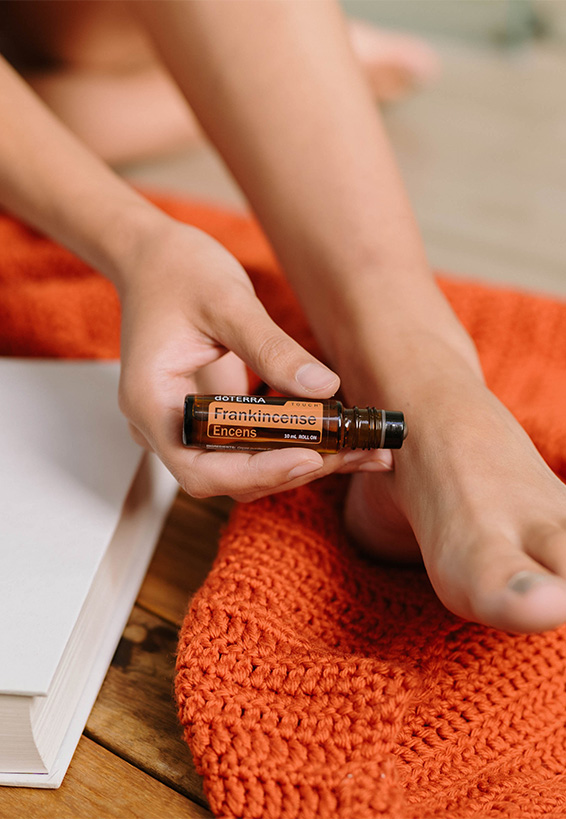
Learn why doTERRA essential oils are some of the best on the market:
Essential Oil Safety
Here are a few precautions you should keep in mind when learning how to use essential oils:
Essential Oil Safety Guidelines
- Avoid applying oils to sensitive areas like the nose, ears, eyes, or broken skin. Avoid using “hot oils” on the face.*
- Always read labels and package instructions before using an essential oil for the first time.
- Use a carrier oil (such as Fractionated Coconut Oil) to dilute essential oils and minimize skin sensitivity.
- Be aware of oils with sun sensitivity warnings.
- Practice safe storage—keep oils out of reach of children.
- Always supervise young children when applying essential oils.
- If you have specific health concerns, talk to a healthcare professional before trying essential oils.
*Hot oils, or strong oils, are labelled with a “D” for Dilute on the product label. Examples of these oils include Cassia oil, Cinnamon Bark oil, Clove oil, Oregano oil, Thyme oil, and others. Oils classified as “S” for Sensitive should be diluted for children or those with sensitive skin. Oils classified as “N,” or Neat, can be applied directly without a carrier oil—however, it is good practice to start by using a carrier oil even with Neat essential oils, just to be safe.
Learn more about best practices for essential oils:
How to Use Essential Oils Aromatically
Aromatic use of essential oils, also called aromatherapy, is especially useful.
Sense of smell is a powerful tool. Essential oils are quickly absorbed by smell receptors, which deliver the aromas of essential oils directly to the body and environment. Some essential oils have uplifting or invigorating aromas, while others have calm, soothing aromas.
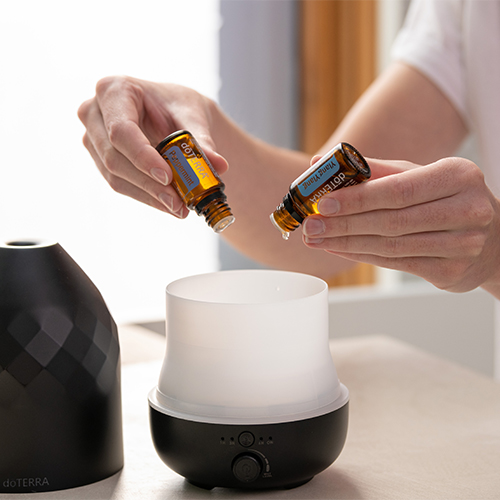
Diffusing is one of the simplest ways to use essential oils aromatically. You can use an essential oil diffuser if you’d like, but using essential oils aromatically does not require any special diffusing devices. You can achieve similar aromatic benefits by simply placing a few drops of essential oil in the palm of your hand, cupping it around your nose, and breathing deeply.
Other Ways to Use Essential Oils Aromatically:
- Apply essential oil to a cotton ball and place in the air vents of your vehicle.
- Mix essential oils in a spray bottle with water and mist over furniture, carpet, or linens.
- Add essential oil to dryer sheets or a batch of laundry.
- Use essential oils in nonsynthetic household surface cleaners
How to Use Essential Oils Topically
Essential oils easily penetrate the skin for localized benefits, making topical (on the skin) application a great way to experience the benefits of essential oils. This is why doTERRA creates essential oils powerful enough to support healthy-looking skin, yet gentle enough to use on a daily basis.
When used topically, essential oils can soothe skin and promote a healthy-looking complexion. They can also be used as part of a soothing massage. Before topical application, be sure to follow all label recommendations and dilution instructions.
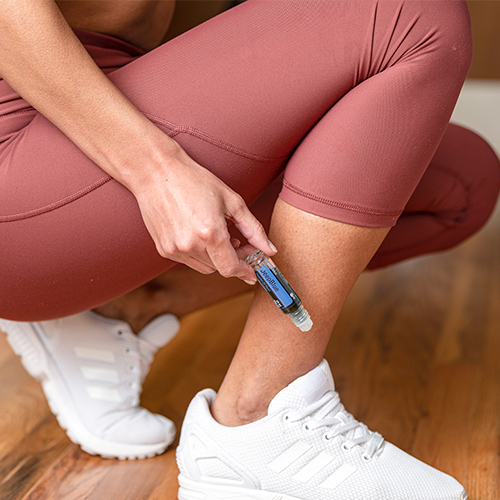
Beneficial Areas to Apply Essential Oils
- Neck
- Forehead and temples (unless the oil is classified with a “D,” indicating it as a hot oil)
- Chest and abdomen
- Arms, legs, and bottoms of feet
Other Ways to Use Essential Oils Topically
- Add a few drops of essential oil to a warm bath.
- Make a hot or cold compress by soaking a cloth in water, adding essential oils, and then applying to the desired area.
- Add essential oil to a lotion or moisturizer and then apply to skin.
Sensitive Areas to be Avoided
- Some facial areas, such as the skin around the eyes
- Eyes and inner ears
- Broken, damaged, or otherwise injured skin
How to Use Essential Oils Internally

Certain essential oils can be safely ingested and add a unique dimension of flavor to cooking and beverages.
Follow label recommendations and other professional guidelines for dosage when using essential oils internally.
Effective Methods of Internal Application
- Add essential oils to water, smoothies, milk, tea, or other drinks.
- Put a drop of essential oil under the tongue.
- Take in a veggie capsule or add a drop to applesauce or plain yogurt.
- Use essential oils in recipes for cooking or baking to replace fresh or dried herbs and spices. Remember, essential oils are much more potent than dried or fresh herbs and spices, so start with a very small amount--use a toothpick for particularly potent oils.
Looking for other ways to use essential oils? Click below to browse our blog for unique ways to use essential oils.



